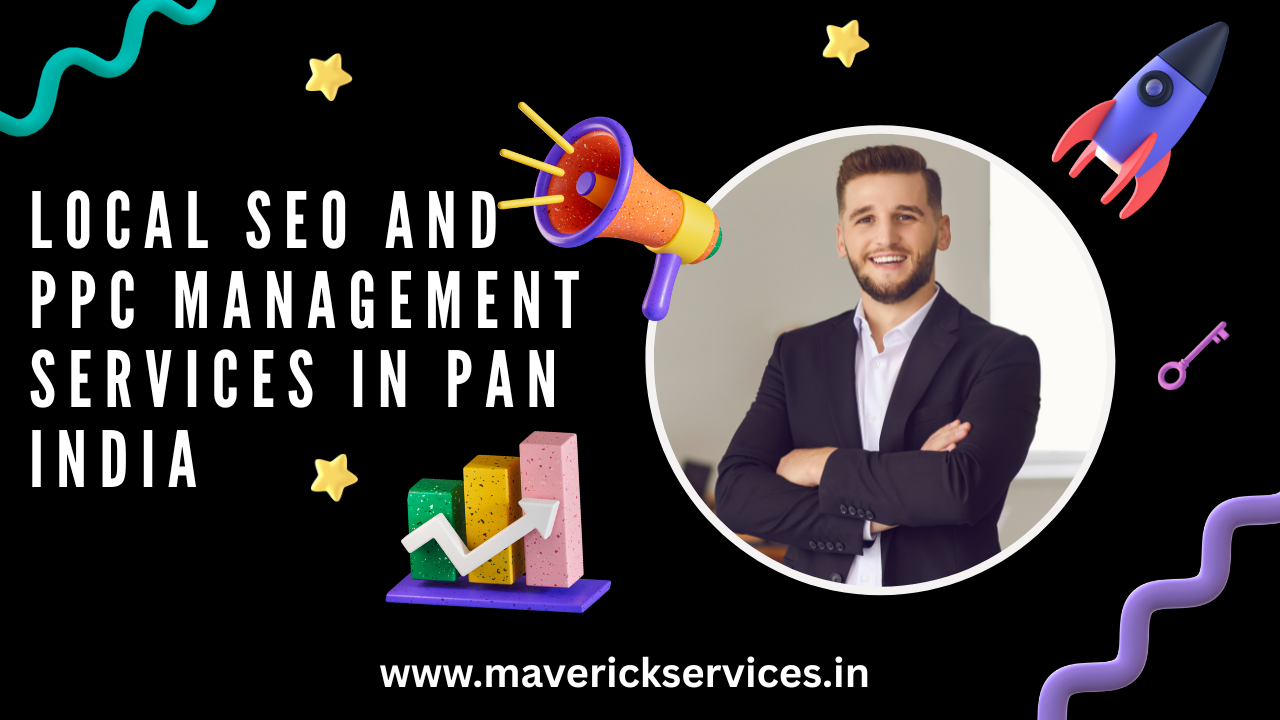In the current digital-first world, the distinctions between traditional and digital marketing have become so blurred that they can no longer be distinguished. Of the critical tools contemporary marketers leverage to increase the reach and visibility of a brand, SEO (Search Engine Optimisation) and SMO (Social Media Optimisation) are twin pillars standing tall. While both work to boost online presence and traffic, their approaches, channels, and objectives vary markedly. Learning the distinction between SEO and SMO is important for companies, entrepreneurs, and online marketers that want to establish a strong and future-proof marketing plan.
This post talks about what SEO and SMO are really about, where they differ, and how, when combined, they can turbocharge your online efforts.
What is SEO?
Search Engine Optimisation (SEO) is a set of practices that are meant to enhance a website’s presence on search engines such as Google, Bing, and Yahoo. When a user enters a query into a search bar, search engines try to provide the most relevant and authoritative results. SEO is the method by which websites can position themselves in accordance with what these search engines seek.
SEO revolves around improving various aspects of a website so that it appears higher in organic (unpaid) search results. It includes not only keyword targeting but also site architecture, mobile compatibility, page speed, and quality of content. For example, if someone searches for “best psychologist in India”, and your psychology website has a well-optimised blog post targeting that phrase, it stands a better chance of appearing on the first page of Google.
A good SEO plan guarantees a consistent flow of visitors in the long run without depending entirely on paid advertising. Nevertheless, it should be understood that SEO is a long-term investment. It may take months to notice significant results, but once implemented, the rewards are consistent and affordable.
What is SMO?
Social Media Optimisation (SMO), however, means optimising your brand’s presence and content on social media sites like Facebook, Instagram, LinkedIn, Twitter (X), YouTube, and more. While SEO focuses on users who are actively searching for something, SMO gets the attention of users as they browse through their social feeds quite often finding content they weren’t actively seeking out.
SMO consists of optimizing your social profiles, making your content interesting, and inviting people to share and engage. It also consists of community building, commenting, participating in discussions, and occasionally using paid promotions to reach a wider or more specific audience.
Unlike SEO, the results of SMO can be seen more quickly. A single viral post, a trending hashtag, or a well-placed influencer collaboration can drive thousands of users to your website or service in a short span of time.
| Factor | SEO (Search Engine Optimisation) | SMO (Social Media Optimisation) |
|---|---|---|
| Objective | Improve search engine rankings | Increase social media presence and engagement |
| Target Platform | Google, Bing, Yahoo | Facebook, Instagram, Twitter, LinkedIn, etc. |
| Traffic Type | Organic search traffic | Social referral traffic |
| Techniques Used | Keyword optimisation, link building, technical audits | Content sharing, profile optimisation, social engagement |
| Time to Results | Long-term strategy (3–6 months or more) | Immediate to short-term results possible |
| Content Focus | Informational, in-depth, keyword-rich | Visually appealing, shareable, emotional appeal |
| User Intent | Answering queries, solving problems | Engaging, entertaining, or informing users |
| Algorithm Dependency | Heavily influenced by search engine algorithms | Influenced by user interactions and platform algorithms |
| Conversion Funnel Stage | Targets middle to bottom of the funnel | Targets top to middle of the funnel |
Strategic Focus: Intent vs. Engagement
One of the key differences between SEO and SMO lies in the intent behind the platforms and the way users interact with them.
With SEO, the user arrives with a purpose. They are searching for something—a product, a service, an answer, or a piece of information. Your role is to ensure your content is there to be discovered and meets that intent.
Conversely, SMO is more dependent on discovery and interaction. The users may not be actively looking for your product, but a good piece of content such as an attractive infographic or a witty reel may get their attention nevertheless. Gradually, repeated exposure through social media channels generates familiarity and trust.
For instance, a mental health clinic might employ SEO to rank for terms such as “symptoms of anxiety” or “counselling in Delhi”, but employ SMO to post daily mental health tips, motivational quotes, or behind-the-scenes footage on Instagram to establish rapport with their users.
Content Type and Style
The content type and style that is most effective in SEO and SMO also varies.
SEO content tends to be long, data-rich, and informative. It comprises blogs, landing pages, FAQs, case studies, and guides. The objective is to offer detailed solutions that align with user queries and intent. It needs to be keyword-optimised, well-structured with headings and subheadings, and supplemented with internal and external links.
Conversely, SMO content is typically visually engaging, brief, and shareable. Consider short videos, infographics, carousels, memes, polls, and stories. Emotional connection and engagement are the priorities likes, comments, shares, and saves. Although not traditionally long-form, SMO content has a massive role in storytelling and brand identity.
Timeframe and Results
SEO is a long-term game, though the benefits are huge and long-lasting. A good ranking article can generate constant traffic over many years with little maintenance. But reaching that number one position may require 3 to 6 months or more of waiting, depending on competition, keyword competition, and quality of the content.
SMO produces quicker outcomes, particularly if combined with paid advertising. If your content is well connected with your audience, it can go viral within hours. But the impact is, in most cases, transient. A trending reel or viral tweet can generate a traffic burst, but the visibility disappears unless you keep posting new content.
Hence, the optimum approach is to deploy SMO for quick gains and SEO for long-term stability.
Traffic Sources and Metrics
A second key difference is in the sources of traffic. SEO drives visitors via search engines. These visitors tend to have high intent and are more likely to convert. That’s why SEO leads have a higher ROI.
SMO, on the other hand, generates traffic from social sites. These visitors might not always have direct intent, but they are more engaged, particularly with branded content. Social media sites also provide strong demographic targeting, enabling exact audience segmentation.
In measurement, SEO performance is evaluated through:
Organic traffic
Bounce rates
Keyword rankings
Backlink profiles
While SMO success is measured by:
Engagement rates (likes, shares, comments)
Follower growth
Click-through rates (CTR)
Social referral traffic
Algorithms: Search Engines vs. Social Feeds
SEO greatly relies on search engine algorithms. Google updates its algorithm alone several times annually, and changes can significantly impact website rankings. It is important to keep abreast of developments such as Core Web Vitals, E-E-A-T (Experience, Expertise, Authoritativeness, Trustworthiness), and mobile-first indexing.
SMO, however, is controlled by social media algorithms. They decide what material appears on a user’s feed. For instance, Instagram favors posts that receive more engagement in the first hour, while Twitter can favor consistent posting and live interaction. In contrast to search engines, that emphasize relevance and authority, social platforms emphasize participation and user activity.
Integration of SEO and SMO
While SEO and SMO can function independently, their combined use can significantly amplify results. Sharing SEO-optimised blog posts on social media platforms increases content visibility and can lead to more backlinks a critical SEO factor. Similarly, social shares and user engagement can improve content credibility, indirectly supporting SEO performance.
For example, an effectively written blog article on the mental impacts of chronic stress can be optimized for search through the application of SEO strategies. When such an article is posted as a graphic carousel on LinkedIn or an Instagram reel, it gets displayed to a large audience, generates traffic back to the website, and may generate shares and backlinks—both of which contribute to improved SEO too.
So, SEO generates content that’s found, and SMO makes it popular and talked about.
Which One Should You Use?
The decision between SEO and SMO largely depends on your business objectives, target audience, budget, and resources.
If you want to create long-term traffic, build authority, and grab users actively looking for solutions, SEO is unavoidable. It is especially important for service providers, e-commerce sites, and information-heavy websites.
Conversely, if your goal is to boost visibility, create a community, and interact with your audience in real-time, SMO is the way to go. It’s especially effective for brand awareness campaigns, product launches, and consumer engagement.
That said, the most effective digital marketing strategies combine both SEO and SMO. Together, they create a holistic and resilient marketing engine that supports brand growth, traffic acquisition, and customer loyalty.
Final Thoughts
The online environment is no longer a single-channel play. In a world where your customers find you on Instagram but trust you on Google, both Search Engine Optimisation and Social Media Optimisation need to be handled to perfection—it’s no longer a luxury but a requirement.





